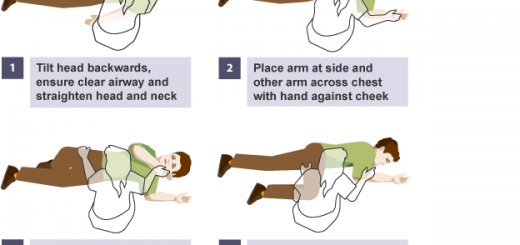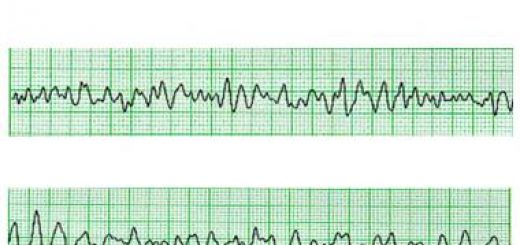How to Perform Rescue Breathing
Rescue breathing, or the ‘Kiss of Life’, is commonly associated with CPR. However, guidelines have changed in recent years and rescue breathing is now only recommended for trained rescuers. Untrained rescuers and bystanders should perform chest compressions only (hands-only CPR) until medical help arrives.
If you are going to perform rescue breaths, it is important to have a good technique to ensure the victim’s airway is open and you do not over-inflate the victim’s lungs. Let’s take a closer look at how to perform rescue breathing as part of CPR
Giving Rescue Breaths
Rescue breaths should be delivered after every 30 chest compressions.
- Tilt the casualty’s head back again and lift his chin.
- Leave one hand on the casualty’s forehead. Pinch the casualty’s nostrils with your thumb and forefinger.
- With your other hand keep the chin lifted and allow the mouth to open.
- Breathe in normally, bend forwards and place your mouth entirely over the casualty’s mouth.
- Blow air into the mouth evenly and at the same time check that the chest is rising. Take about 1 second per breath.
- Keep the casualty’s head tilted and continue to apply the chin lift. Lift your head to check that the chest falls again when breathing out.
- Breathe in normally again and give the second rescue breath.
- Reposition your hands properly and continue with another 30 chest compressions.
Mouth-to-nose ventilation is a good alternative if mouth-to-mouth ventilation is difficult or not possible.





